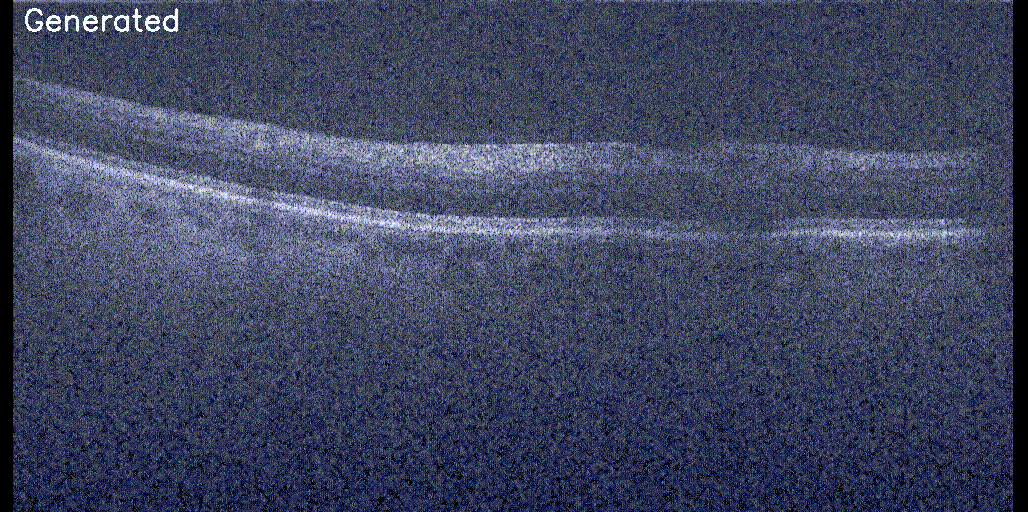Research Projects
TIME-OF-FLIGHT MULTISPECTRAL IMAGING
Spectral imaging involves the sensing of a large amount of spatial information across a multitude of wavelengths. Conventional approaches rely on scanning techniques to construct a spectral data cube. Recently, compressive spectral imaging (CSI) has allowed to estimate spectral images with as few as a single coded snapshot.
March 7, 2019

COMPRESSIVE SPECTRAL IMAGING
Recent research developed in the area try to focus in extends the concept of CASSI to a system admitting multiple shot measurements which leads not only to higher quality of reconstruction, but also to spectrally selective imaging when the sequence of code aperture patterns is optimized.
July 2, 2012

COMPUTATIONAL LITHOGRAPHY
Optical lithography has been instrumental in the shrinking size of semiconductor devices and integrated circuits (ICs) that we see today. Optical lithography – the technology of patterning – enables intricate circuits to be created in wafers at dimensions smaller than the light wavelength used in the process.
July 2, 2012

ELECTRONIC PRINTING
Blue noise dithering – high frequency white noise with minimal energy at low frequencies has had a profound impact on digital ink-jet and laser image printing because it represents an optimal distribution of black and white pixels for producing the illusion of a given shade of gray.
May 25, 2012

NONLINEAR SIGNAL PROCESSING
Linear Filters today enjoy a rich theoretical framework based on the early and important contributions of Gauss (1795) on Least Squares, Wiener (1949) on optimal filtering, and Widrow (1970) on adaptive Filtering.
May 25, 2012
